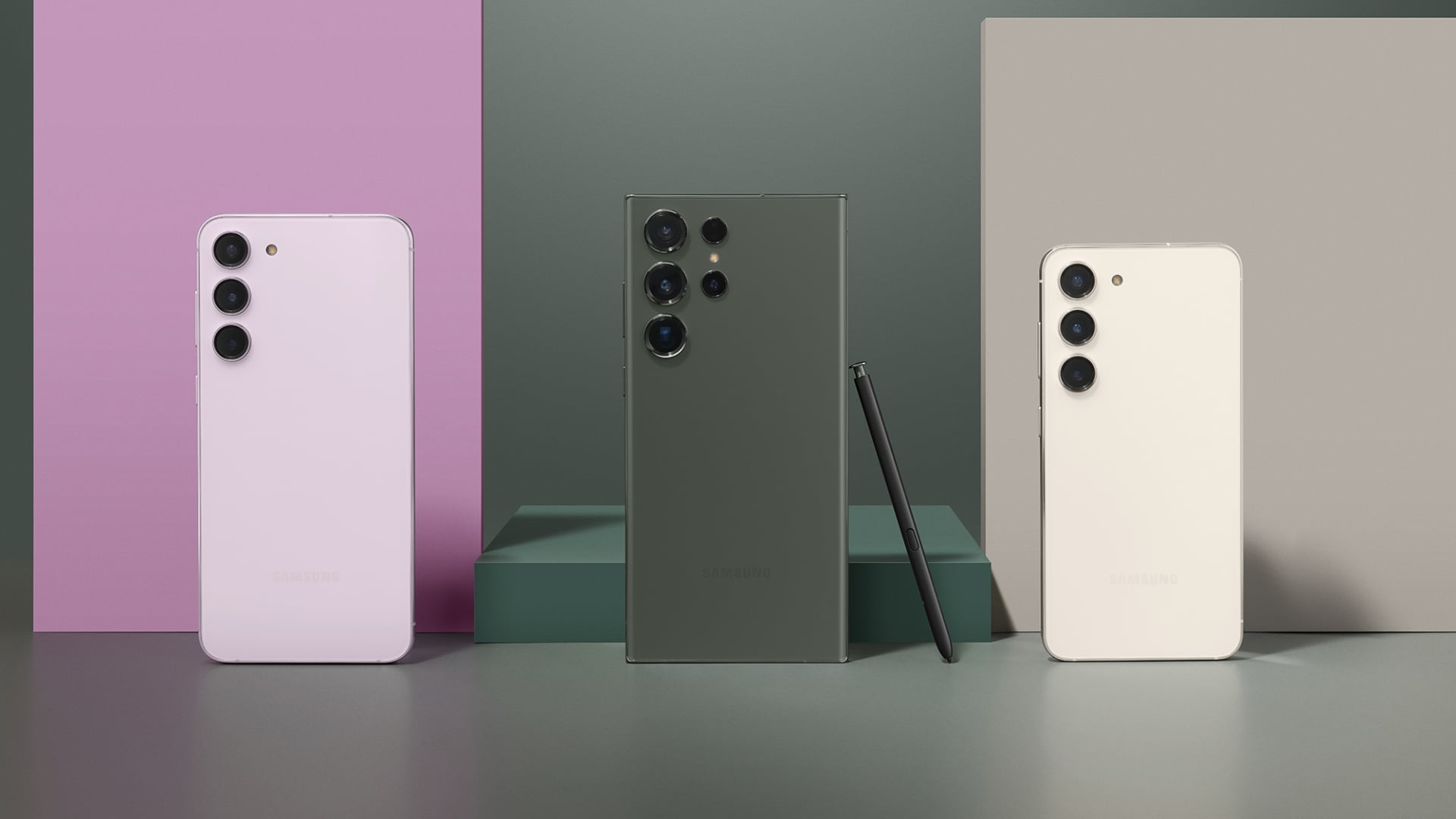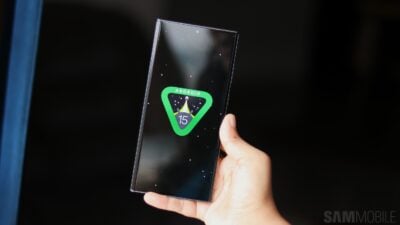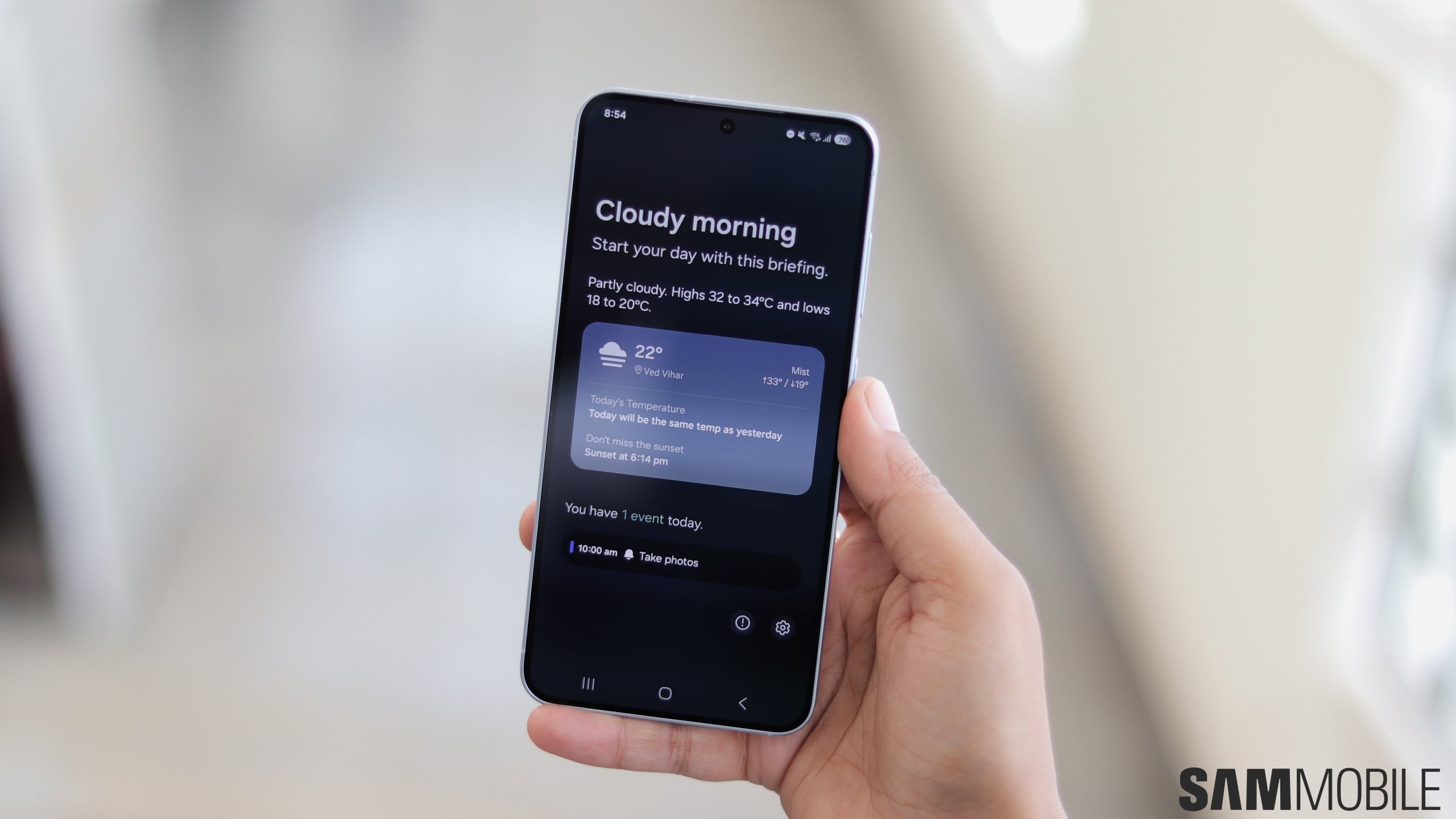
Where will Samsung take its Galaxy S lineup in 2024? Could Samsung change the look of next-gen Galaxy S phones for no rhyme or reason again? Refining a new design language for the next few years just for the sake of it? Or will all Galaxy S models look more or less the same going forward until the S line gets entirely replaced by future foldable phones? I'm leaning more toward the latter theory.
Let's think about it. Samsung probably can't reuse camera contour cutouts now that it has completely removed this design element. Not without a good reason. So there's not a lot of wiggle room left for future flagships to look all that different next to the 2023 models. Not unless Samsung decides to go in a completely different direction again, and it probably can't do that without giving customers a solid explanation for its change of heart.
Galaxy S23 Ultra successors may become flatter in time, but even so, they probably won't drastically change the existing formula. At the end of the day, I'm wondering if a stagnant design is a bad thing after a point. And I'm strongly leaning toward the idea that it is not. At least, not once a product reaches design maturity, as the Galaxy S-series seemingly has.
Shifting focus on the things that matter most
Here is some food for thought: Does a smartphone sequel need to look different to justify its existence? Or is a new design every year merely a poor excuse to justify the release of a sequel?
In other words, if all phones looked the same, would you care to trade in your old phone and buy a new model, assuming it barely improves the user experience? Or would you skip what seems like an unnecessary upgrade and keep using your existing phone until the hardware and software improve significantly enough? (And save yourself some money in the process).
If you ask me, after too many attempts, changing a smartphone's design too often betrays a deeper problem with the product. Either the design language hasn't matured yet and the company is trying hard to make sense of it, or all the exterior changes serve to hide the lack of real progress in other areas that truly matter, i.e., hardware specifications.
With that in mind, I hope that the Galaxy S24 series, and perhaps even future models, won't look all that different from the current generation. Of course, I wouldn't say this for every other smartphone out there, but I think the Galaxy S series design is perfectly reasonable as it is now in 2023.
Looking forward to Galaxy foldable phones to be perfected
Samsung pushing itself into a corner with the Galaxy S23 design is a good thing – I believe. Sure, some prospective buyers who may only care about the exterior design (or humor) will continue sharing the “same shirt” meme with every new samey phone released. But needless to say, shirts and smartphones aren't the same, and I think that not forcing a new phone design every year is a consumer-friendly practice.
From now on, without the option to change the design too much, Samsung has to work twice as hard to make its yearly Galaxy S flagships feel like they're worth the hassle. Otherwise, customers that used to upgrade every year will switch their phones less often. And that wouldn't be a bad thing either, in my eyes.
As for fans of progress in design, Samsung still has a lot of work to do with its new foldable phones. The Galaxy Z lineups have yet to reach the same design maturity as the Galaxy S series, and Samsung will probably continue tweaking its Fold and Flip devices for many years into the future.
But the Galaxy S lineup may have reached the pinnacle of design. And if that is the case, then every future change will be minimal, or it would really need to try adding something worthwhile to the user experience — whatever that may be.
With unnecessary design changes out of the way, Samsung can now focus on significant hardware upgrades, such as OLED 2.0, which is said to add multi-touch fingerprint scanning to the entire screen in 2025 and make fingerprint login 2.5 billion times more secure than it is.
If you want to buy the Galaxy S23, Galaxy S23+, or Galaxy S23 Ultra right now, you can at Samsung's online shop, as the company ended the pre-order period and released the flagship in 55 countries late last week.
[modelinfo model=”SM-S911B”]
[modelinfo model=”SM-S916B”]
[modelinfo model=”SM-S918B”]















